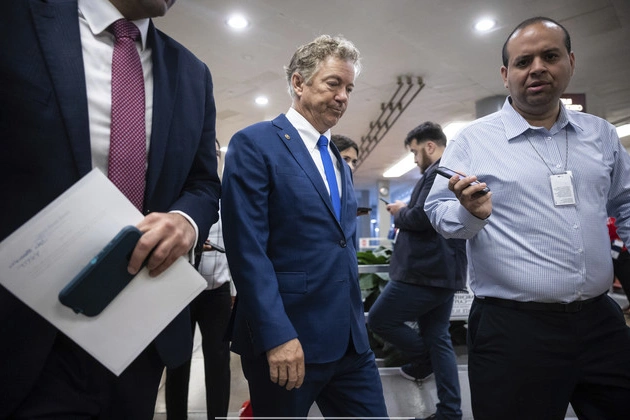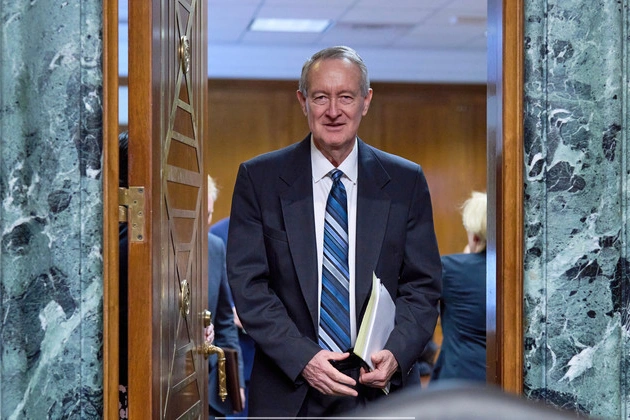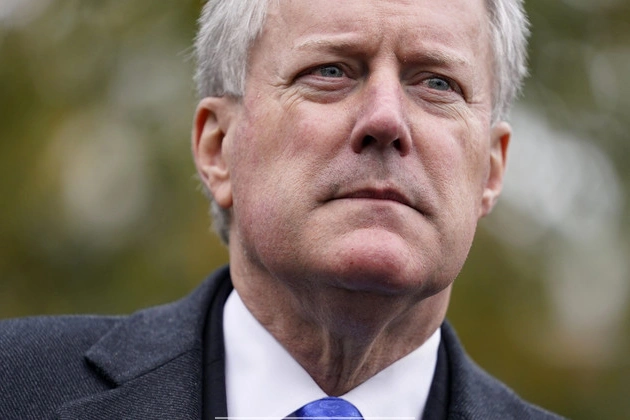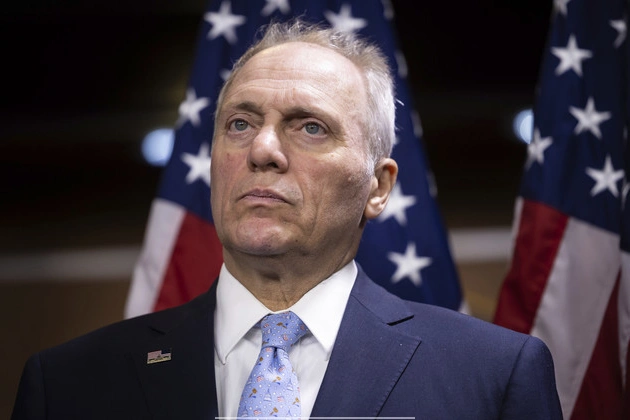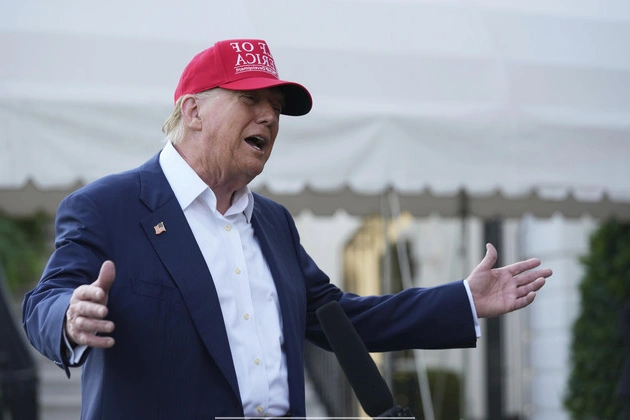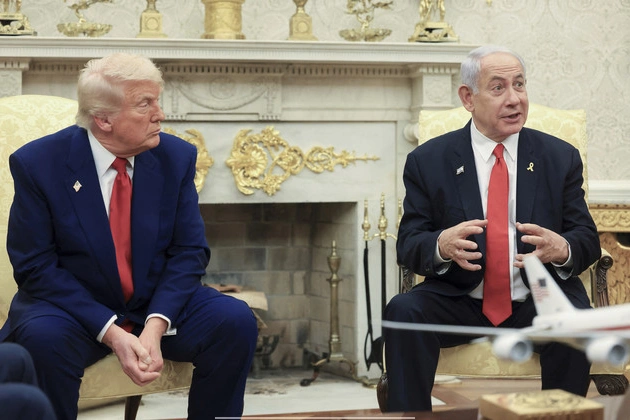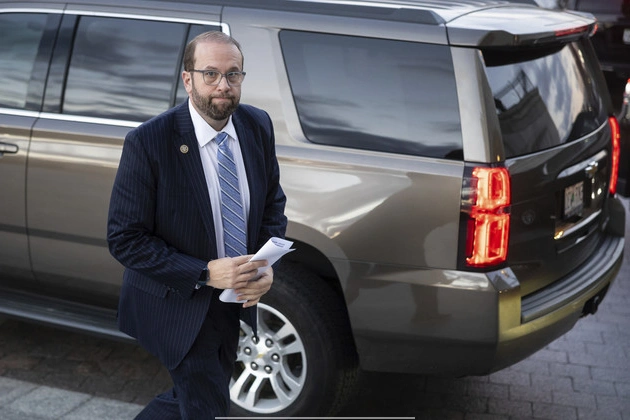
President Donald Trump envisioned a ‘big, beautiful bill,’ but GOP leaders are facing obstacles in delivering on extensive tax cuts. The party is now recalibrating its tax-cutting ambitions amidst struggles with deep spending cuts and resistance from deficit hawks within the Republican ranks.
Challenges in Tax Policy
The original plan included permanent extensions of previous tax cuts and new promises for tax relief, but these provisions may only see temporary enactment. Speaker Mike Johnson has revised the target to $4 trillion in tax cuts, a reduction that could jeopardize the permanency of the 2017 tax cuts.
Shift in Strategy
Amidst these challenges, Republican leaders are considering adjustments, including raising income taxes on high earners to accommodate additional tax cuts. However, the proposed changes may not align with Trump’s initial demands for significant tax breaks.
Complex Negotiations Ahead
As House committees work towards finalizing the bill, contentious issues like Medicaid cuts and tax rate adjustments are under scrutiny. Senate revisions are expected to further shape the final tax policy, potentially diluting some of the proposed cuts.
Balancing Act
The dilemma lies in reconciling competing priorities within the GOP, particularly on the balance between spending reductions and tax cuts. With intricate budget calculations and conflicting proposals on the table, reaching a consensus poses a formidable challenge for Republican lawmakers.
Future Implications
The evolving tax plan underscores the complexities of fiscal policymaking and the delicate balance required to enact substantial tax reforms. As negotiations unfold, the fate of various tax provisions hangs in the balance, setting the stage for critical decisions in the coming weeks.
Note: This content will be periodically updated to reflect the latest developments in GOP tax policy discussions.







